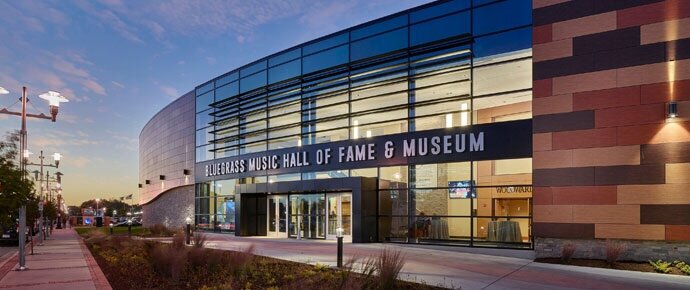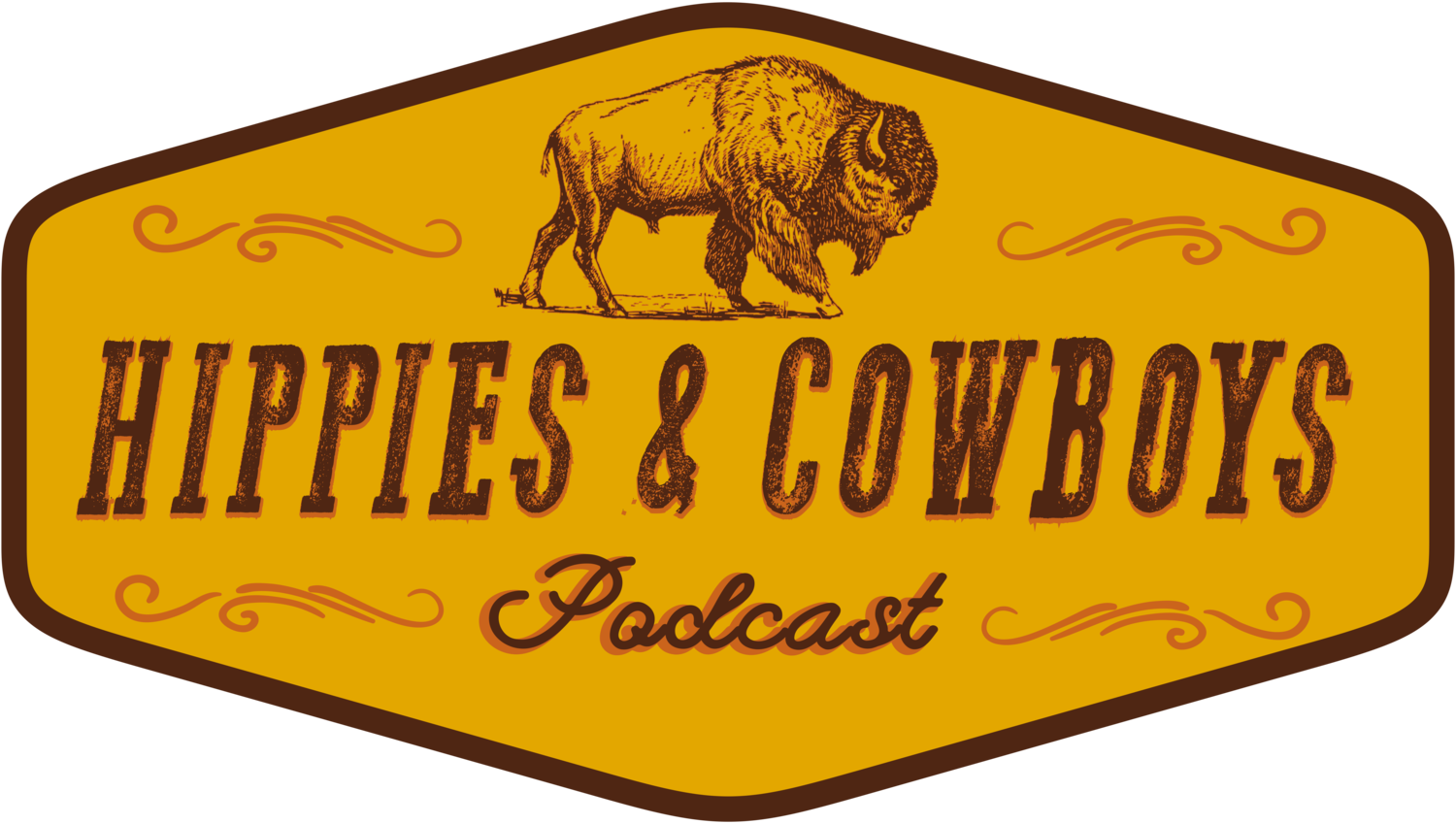My Grass is Blue

That High Lonesome Sound, it’s a familiar term for those who have grown up with or into bluegrass music over the years, but a sudden resurgence of some of country music’s most prolific artists finding their bluegrass roots has ushered in new fans who are just understanding the beauty of the bluegrass instrumentation over new and old tunes alike.
Being born and raised in Owensboro, KY I like to believe that I have a pretty good grasp on what bluegrass is, but even I thought it was just music for your dad or grandparents to enjoy, at least until I first went with my dad to our local Bluegrass festival for the first time. ROMP (River of Music Party) is a 3 day music festival put on by the International Bluegrass Music Hall of Fame & Museum here in Owensboro. It was here I would find The Punch Brothers, Old Crow Medicine Show, Sam Bush, and eventually a young and rowdy Billy Strings and it helped plant a seed inside of me to get artists, that deserve for their music to be heard, to the ears of those who will appreciate it. Bluegrass music is an important part of my small town and the surrounding area, it’s a part of the education system, it brings in money for the community, and even as of 2021 it’s still growing at a rapid pace.
I’m thankful for the pioneers like Bill Monroe, who grew up just a few miles down the road, who birthed this music and took it worldwide with the help of Flatt & Scruggs and The Stanley Brothers. Thankful for those that were handed the torch and carried it to new areas, J.D. Crowe & The New South (which had legends Ricky Skaggs, Keith Whitley, Tony Rice, & Jerry Douglas) and New Grass Revival and the twist they put on the entire genre. The 90’s and early 00’s brought us Allison Krauss, Nickel Creek, Old Crow Medicine Show, & the O Brother, Where Art Thou? soundtrack which brought bluegrass and old time music to heights it had never seen before.

It blends together generations seemlessly, old and young are constantly sharing stages together. Wisdom passes down from the older generation and a reinvigorating energy burns bright from the younger artists. Similar to country music, it’s a family atmosphere in every sense of the term, and maybe even more so in bluegrass circles. You see, bluegrass popularity has fluctuated throughout the years, but one thing that has stayed constant is that the festival scene is the backbone of the genre and festivals breed community. World class artists can be seen walking around festivals enjoying the culture or teaching a workshop for anyone wanting to learn, it’s just a little more personable.
The past few years have seen a bit of a resurgence in the genre thanks to artists like Billy Strings, The Po’ Ramblin Boys, Molly Tuttle, and a host of others, but the past year (as bad as it has been for everyone) has brought some of the biggest names in Country music back to their roots. Sturgill Simpson’s DDSS fundraiser for the Special Forces Foundation, the Equity Alliance and MusiCares turned into Cuttin’ Grass Vol. 1 & Vol. 2, a reimagining or, as Sturgill himself says, an album of how these songs were originally written and supposed to sound. What we’ve gotten is a masterpiece of old tunes from 3 of his previous albums (High Top Mountain, Metamodern Sounds in Country Music, & A Sailor’s Guide to Earth) and even a few from his Sunday Valley days transformed with bluegrass instrumentation from some of the finest pickers around (Mandolin- Sierra Hull, Mark Howard- Guitar, Tim O’Brien- Guitar, Scott Vestal- Banjo, Mike Bub- Bass, Stuart Duncan- Fiddle, and Miles Miller providing some percussion) and all produced by the acclaimed Dave Ferguson as the last session at The Butcher Shoppe. The January 2021 issue of Bluegrass Unlimited had Sturgill on the cover and was accompanied by a six page spread, BU is THE Bluegrass publication.

Tyler Childers gave us a bluegrass surprise as well in late July, releasing 2 Spotify exclusive singles. House Fire with instrumentation from The Travelin’ McCourys breathed new life into maybe the most mainstream song from Tyler’s catalogue, but it was the version of Highway 40 Blues with fellow Lawrence County, KY artists Ricky Skaggs and Larry Cordle that set this release apart. Though it wasn’t entirely bluegrass, more of the mix of country and bluegrass that has made the scene in Eastern Kentucky really blossom over the last 10 years. Tyler would surprise most everyone on September 18th with a surprise release of Long Violent History, a collection of old time fiddle tunes that Tyler has been practicing since he’s been home from the road due to COVID-19. It’s a down in the holler, sittin on the porch, family & friends are all there kind of album. At least that’s what I picture when I hear it and it helps bring a calming sense in these wild times we’re living in. Of course it does contain the title track that pays attention to the racial issues we’re still facing and puts them in the perspective of how he thinks that would go if it were happening to his people, it’s a beautiful and timely song.

Over the last 12 or so years, bluegrass music has been a home to some of the biggest artists in the world. Chris Stapleton’s work with The Steeldrivers is some of the most beautiful songwriting your ears could have the pleasure of listening to and, is still, some of Chris’ best work and he’s even taken some of those songs to his more bluesy rock that he’s so astronomically famous for now. Billy Strings has blended traditional bluegrass with jam band sets like few, if any, have done before him. I remember seeing Billy around 2015-ish when my dad and me braved the early afternoon heat at ROMP and stumbled on this kid’s set, it was as wild as and mind blowing as it is today, that’s something I’ll appreciate forever. A few years later I’d see some fellas dressed about as sharp as ol hillbillies can get and be amazed at how they can make the same music your grandparents would listen to sound fresh and new. That’s The Po’ Ramblin Boys who are fresh off of their Grammy nominated album Toil, Tears & Trouble which is a master class in bluegrass songwriting and instrumentation, make sure to keep your eyes on them because I believe they’re only now hitting their groove.
The last 10 or so months have been hard on all of us, some more than others, but it has allowed artists to slow down, get back to their roots, and express theirselves in a way they haven’t in awhile. So if you find yourself anywhere near Western Kentucky, come to Owensboro and visit the International Bluegrass Music Hall of Fame & Museum where you can literally walk through history and pick on some of the finest instruments made, or take a trip over to Bill Monroe’s stomping grounds and visit his homeplace or the Rosine Barn Jamboree, grab some BBQ mutton at one of our acclaimed restaurants, and take a trip to the recently revitalized Green River Distilling Co. Most of all, support one of the few truly American forms of music and maybe you’ll come away with a true understanding of The High Lonesome Sound and why My Grass is Blue.
